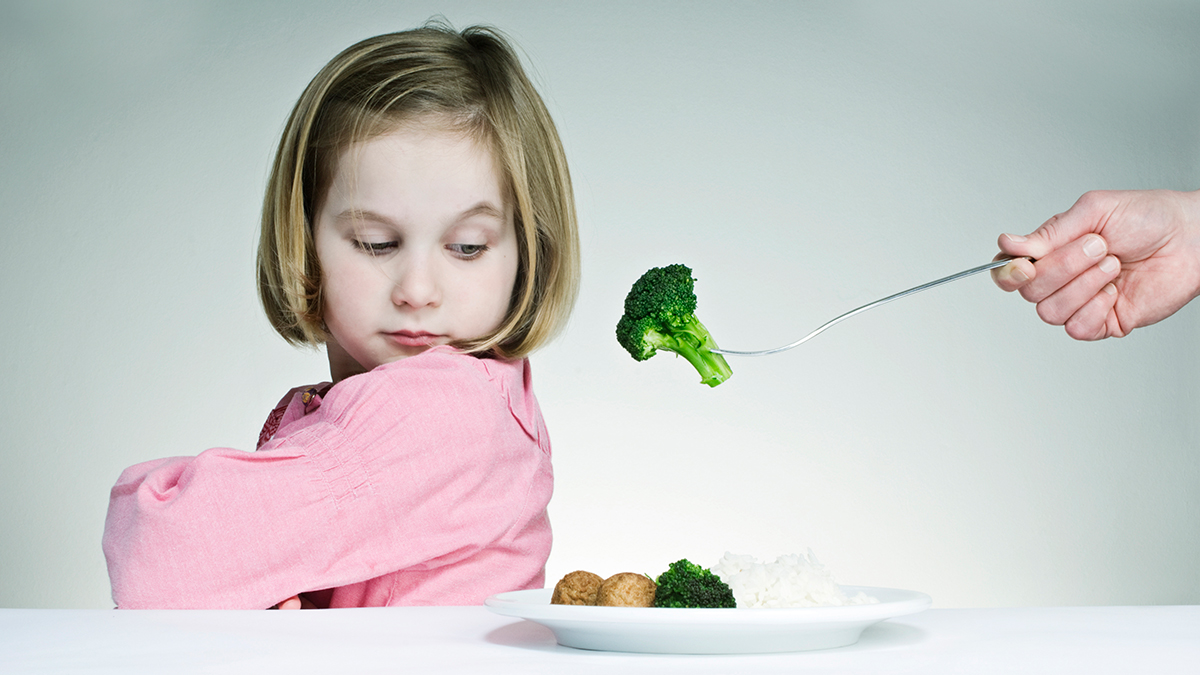Most parents know the struggle that comes with having picky eaters. It’s a constant battle between getting your little ones the nutrition they need and just being happy with any food they’ll eat!
It’s a common struggle and a recent Deakin University study highlighted just how quickly it can change from a baby who is getting enough veggies to battling with a fussy eater.
The researchers examined dietary data from 467 children, looking at what they ate at ages 9 months, 18 months, 3 and-a-half and 5.
At 9 months of age, 90 per cent of the tots were eating the recommended amount of fruit and veggies, but by the time they got to 18 months only 5 per cent were eating their recommended daily intake of veggies.
Researchers noted one reason may be that the recommended intake of veggies increases after kids turn one, but they also highlighted that 90 per cent of children in the study were eating too many discretionary foods—foods like soft drink, sweet biscuits, cake and ice-cream.
So how can you make sure children are eating more healthy veggies and leaving less room for discretionary foods? Try some of our favourite tips for getting more veggies into those fussy eaters and setting them up for a lifetime of healthy habits.
Serve the same food as the family eats
More is caught than taught, so surround your little one with great examples of healthy foods that the rest of the family enjoys.
Give them credit
Assume your child will like a new food, rather than being ready for a fight. Kids pick up on our attitudes and, if we go in expecting them to not like something, they can play into that belief. If they reject a food after they have tried it, have a healthy alternative you can offer.
Start small
Give kids a small amount of the new veggie to try and have more on hand, ready to top up their plate. A large amount can seem overwhelming and can put off a fussy eater right from the start.
Keep offering
Studies have shown that the average child will need to be introduced to a new food between 5 and 15 times before they are willing to try it (and adults can be even worse). If at first the food is rejected, don’t give up. Try cooking the veggies a different way to change their texture, like roasting veggies as “chips” or blending and mixing them with a dip your child loves, like hummus. Whatever the tactic, it’s important to regularly include a small amount on their plate until they become familiar with the new food.
Avoid punishment
Avoid using food as a reward or punishment. The last thing you want to do is associate health foods with punishment and junk food with reward.






